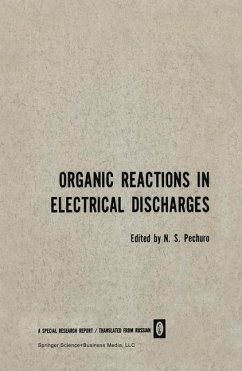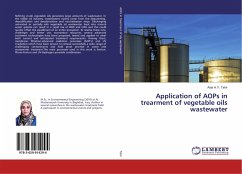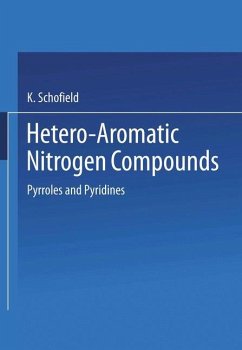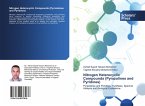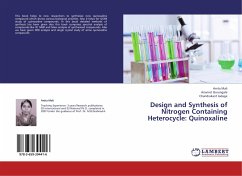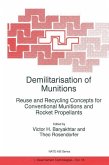Recently interest has arisen in the use of electrical discharges to effect chemical reactions. Various types of discharges enable us to alter the conditions of a process over a wide range, and often ro combine the high electron "temperatures" necessary to activ ate certainreactions with the low molecular temperatures of the medium used. This makes it possible to simplify the techniques and apparatus required for a process, and to "quench" the products, thus preventing them from decomposing again. Same work on the use of electrical discharges has already found practical applications, These include the preparation of oxides of nitrogen, hydrocyanic acid, ozone, and hydrogen peroxide, thickening of oils, synthesis of acetylene and its homologs, hydrogenation and dehydrogenation of various oils and animal fats, etc, In the heavy organic-synthesis industry, lower olefins and acetylenes are used an a !arge scale as raw ma terials for producing many valuable products, Methods of producing ethylene, propylene, and butylenes from gaseous and liquid hydrocarbon feedstocks have been widely adopted. However, the production of acetylene which is an important and sometimes indispensable initial product-is mainly based an calcium carbide. De spite a number of recent improvements, this method of acetylene production suffers from high electric power consumption and expensive raw materials, requires several stages, and produces !arge amounts of waste products. V arious lines are being followed in the attempt to find new, more sophisticated means of producing acetylene.
Hinweis: Dieser Artikel kann nur an eine deutsche Lieferadresse ausgeliefert werden.
Hinweis: Dieser Artikel kann nur an eine deutsche Lieferadresse ausgeliefert werden.

